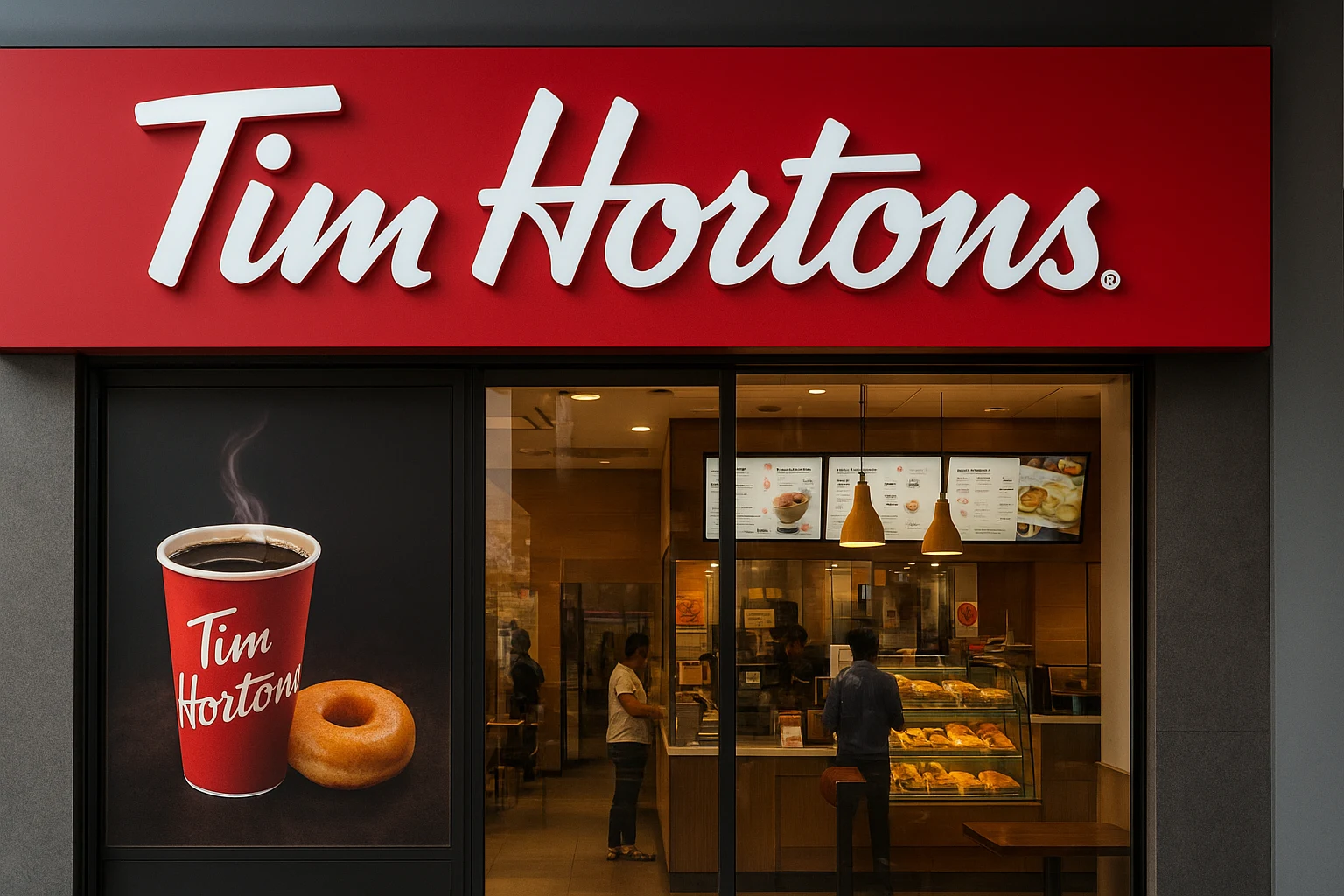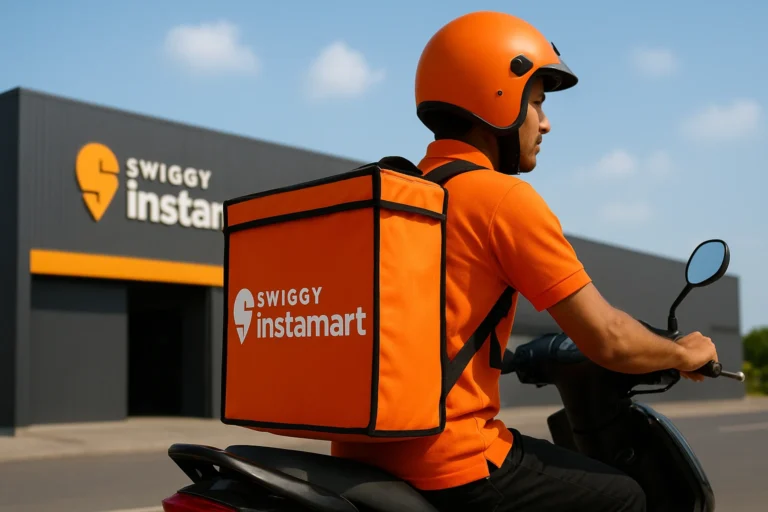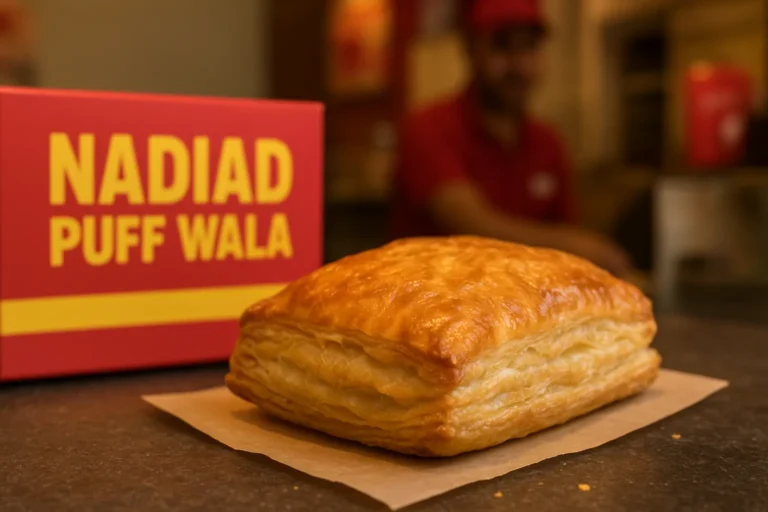Introduction
In April 2025, Tim Hortons opened its 40th outlet in India, at Terminal 3 of Delhi’s Indira Gandhi International Airport marking a milestone in its aggressive India expansion strategy.But this isn’t just a glory number. The journey from market entry to scaling, dealing with franchisee challenges, menu localization, and balancing brand consistency is a rich case study for any franchise or hospitality brand.
In this deep dive, we’ll explore:
- The newsworthy momentum behind Tim Hortons in India
- A case study-style breakdown of their India strategy: partners, entry mode, localization, challenges
- A comparison versus its competitors and alternative expansion paths
- How a hybrid tracking + funnel framework applies: “how would I, as a potential franchisee, track progress and measure ROI along the funnel?”
News Update: Recent Moves & Signals
- The 40th Franchise Store opened at Delhi Airport, reinforcing the brand’s focus on transit hubs and high-footfall zones.
- Just prior, Tim Hortons simultaneously launched its 36th and 37th stores in Ahmedabad (Navrangpura) and Bengaluru (HSR Layout) — signaling maturity beyond just the major metros.
- According to Apparel Group, Tim Hortons has achieved 300+ outlets across GCC + India in its regional network — India accounts for a growing share.
- Despite rapid growth, internal challenges surfaced: some franchisees underperforming, operational inconsistencies, and brand dilution risk.
These moves suggest Tim Hortons is pivoting from “proof of concept” in India to “scale phase,” but the test now is sustaining unit economics and cohesion under rapid expansion.
Case Study: Tim Hortons India Expansion Strategy
Entry Mode & Partner Selection
Tim Hortons entered India via a master franchise / joint-venture partnership model (non-equity franchising) with AG Café, itself a joint venture between Apparel Group and Gateway Partners.
This structure allowed control on branding, operations guidelines, and supply chain oversight while leveraging local capital, real estate expertise, and regional knowledge.
Phased Rollout & Site Strategy
- Transit & airports have been a joint priority (e.g. Delhi T3), to capture captive high-value foot traffic.
- The brand also expanded to tier-1 / tier-2 cities (Ahmedabad, Bengaluru) to validate “non-metro viability.”
- Store designs emphasize a blend of global brand identity (maple leaf, plaid, hockey cues) plus local touches to resonate with Indian consumers.
Localization & Menu Strategy
- Global favorites (e.g. Iced Capp, Timbits) remain core.
- But to win in India, menu adaptation is essential — adding regional snacks, spiced items, and customizing portion / pricing to local taste and cost dynamics. (Seen in internal strategy papers)
- Also, sourcing, supply chain, and vendor selection get localized to maintain gross margins while preserving consistency.
Challenges & Friction Points
- Franchisee performance variance: Some franchisees struggle to meet sales thresholds or manage operations, which can degrade brand perception.
- Operational scaling stress: As number of outlets increases, maintaining supply chain, quality control, training, and service standards becomes complex.
- Brand dilution risk: Overexpansion or diverging store formats might weaken the “premium café” positioning.
- Competition & consumer expectations: Against Starbucks, Café Coffee Day, and homegrown café chains, Tim Hortons must repeatedly prove differentiation.
- Economic & cost pressures: Real estate costs, inflation in raw materials, staffing costs, and macro factors challenge margin stability.
Performance Metrics & Milestones
- Measuring same-store sales growth, average ticket size, daily throughput, and customer repeat rate
- Monitoring franchisee satisfaction / churn, support calls, and compliance audits
- Tracking unit-level profitability and payback periods
- Benchmarking brand health metrics: social sentiment, NPS, local awareness lift
In India, by crossing 40 outlets within ~2-3 years, Tim Hortons claims success in its rollout phase, but the next phase needs optimization and solid unit economics.
Competitive & Strategic Comparison
| Dimension | Tim Hortons India Strategy | Alternate Paths / Competitors |
| Ownership / control | Master-franchise model with tight brand control | Pure franchising (lower control, faster growth) |
| Site prioritization | Transit hubs + premium malls first | High street, office clusters, suburbs |
| Pace | Fast — dozens of openings per year | More measured rollouts, pilot first |
| Menu flexibility | Global + regional mix | Deep localization (for instance, more regional flavors) |
| Customer funnel focus | App loyalty, store ambiance, omnichannel integration | Heavy reliance on third-party aggregators, delivery focus |
Compared to Starbucks (which leans premium urban footfall, loyalty programs, experiential spaces) or CCD (India native with street presence), Tim Hortons’ hybrid of transit & mall-first is a differentiator. But it must avoid being pigeonholed as only a “travel café.”
Franchising & Funnel: Tracking Metrics in a Hybrid Model
If you were a potential franchisee or internal growth manager, here’s how I’d structure a franchise funnel + tracking dashboard:
- Lead capture & qualification
- Inbound franchise queries
- Outreach to real estate / investor networks
- Scoring by capital, location feasibility
- Due diligence & site approval
- Site visits, footfall study, lease negotiation
- Approvals: branding, layout, financial models
- Build-out & onboarding
- Construction milestones, procurement, staffing
- Training completion, soft-launch metrics
- Launch & stabilization
- First 3/6 month performance vs target (breakeven, revenue, cost)
- Operational KPIs: labor efficiency, waste, deliveries, downtime
- Growth & optimization
- Same-store sales growth
- Customer loyalty & retention
- Upsell / cross-sell ratio
- New product adoption
- Comparison across franchise units
- Expansion rollout / secondary units
- Which franchisees scale
- Incentive programs, territory growth
Each stage should feed into dashboards, red-flag issues early, and tie back to ROI and payback period. The narrative content (in your blog) can illustrate how Tim Hortons’ India expansion aligns (or sometimes misaligns) with this ideal funnel.
Insights & Takeaways for Franchise Brands
- Balance speed & resilience: Rapid growth is exciting, but operational maturity must keep pace.
- Local + global is nontrivial: Consistency is key, but rigidity kills market fit.
- Franchisee vetting & support is mission-critical: The weakest unit drags the brand.
- Hybrid site strategy pays off: Transit hubs provide volume, city locations provide brand visibility.
- Data-driven operations: Tight tracking of unit metrics ensures you catch underperformance early.
- Narrative + identity: In a crowded café space, brand positioning, story, and customer experience matter as much as menu.
Tim Hortons’ journey in India is still mid-game. If they get the second-phase optimization right, they could set a blueprint for how global café brands crack non-Western markets.





